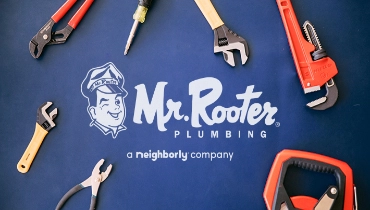Hard water can significantly negatively impact your home’s plumbing system. It often causes issues with the functioning and longevity of your pipes, appliances, and fixtures.
Learn moreOur Plumbing Service Blog in Sacramento, CA
Shared Resources for Your Home Needs
All Blogs
A simple drain clog may not seem indicative of a larger problem. You might use a drain snake or a solution of baking soda and vinegar and think th
Learn moreNews of water shortages across the country are becoming more and more frequent. In addition, the Environmental Protection Agency
Learn moreWhen you purchase a home, you want to do everything you can to protect your investment. One of the most important aspects of any home
Learn moreFew things are as crucial to the longevity of your home as its plumbing system. When issues arise, they can make you panic and unsure of where to turn
Learn moreBlog Categories
Let Us Call You
Blog Categories
About Mr. Rooter Plumbing

Since the original Mr. Rooter was founded in 1970, the company has remained committed to a set of core values that are rooted in performing quality work at honest prices. Nearly half a century later, the original Mr. Rooter business is still servicing homes and businesses in and around Oklahoma City. It’s still independently owned and operated with strong ties to the community that made it all possible.
